#Ernest Dickerson was cinematographer on that and i never knew
Explore tagged Tumblr posts
Text
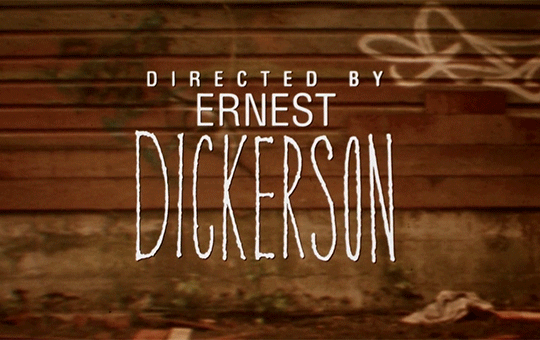
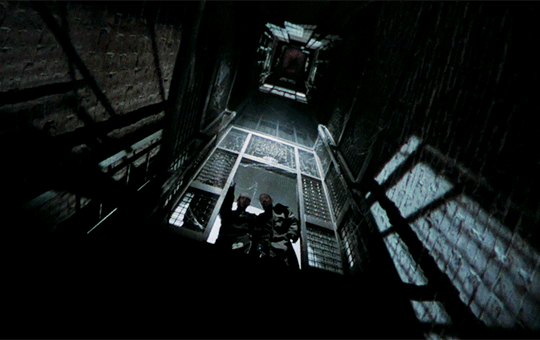

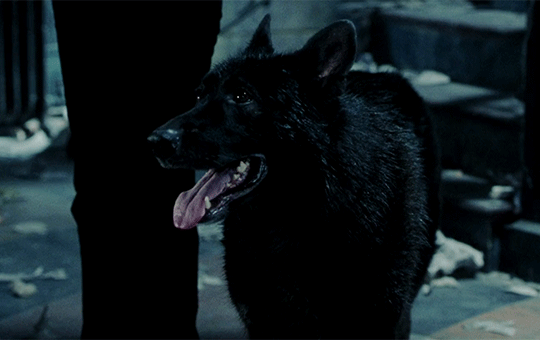

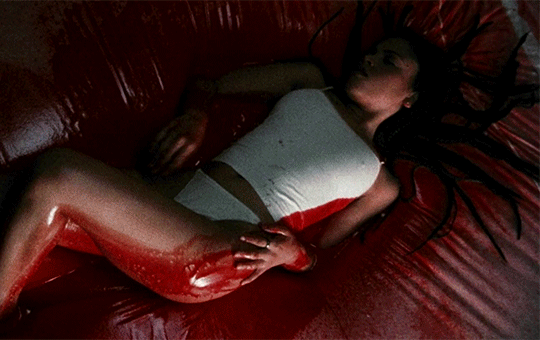
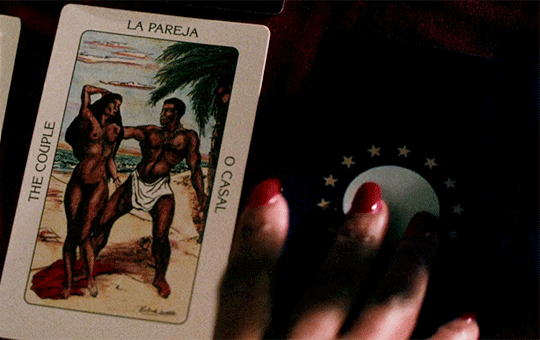
Not Every Film I Watch In 2024
16. Bones (2001)
#bones#bones (2001)#2024filmgifs#my gifs#tw: blood#that was a lot of fun#i enjoy ernest dickerson's visual sensibility so much#and the sense of humour#and the race commentary#that got so goofy in the final act#which you just gotta go with#pam grier was so fab#and bianca lawson too#i've never seen her in anything than buffy#i can't believe that was michael t weiss in a fat suit#and i only realised in the last act#man no wonder the flashbacks looked so much like Malcolm X#Ernest Dickerson was cinematographer on that and i never knew
45 notes
·
View notes
Text
10 Takeaways from ASC Cinematographer Matthew Libatiqueҳ NAB Creative Master Session
Cinematographer Matthew Libatique got a warm welcome from a big crowd at NAB, where conference-goers took time off from the show floor to line up for a career-spanning Q&A with the DP and ICG Magazine Executive Editor David Geffner. Libatique, a two-time Oscar nominee (for Black Swan and A Star Is Born) took questions from Geffner and members of the audience about his remarkable body of work, from his low-budget feature debut on Pi to his splashy, pitch-perfect work on A Star Is Born. For a few minutes, it seemed like he might be ready to tease the crowd with half-answers — after screening the particularly intense split-screen tableau that opens Requiem for a Dream, Geffner asked, “What do you see now, 20 years later, when you watch that scene?” And Libatique responded, to much laughter, “I see a couple of underexposed shots.” But it turns out Libatique was prepared to speak, in detail, about cinematographic style, from the technicalities of film stock to the implications of low budgets and the realities of digital cinematography. (Our only regret? He was never once asked about his excellent work on the super-glossy Josie and the Pussycats.) Here are some choice quotes gleaned from the session.
On working with Darren Aronofsky for the first time. I wasn’t actually his first choice for [Pi]. We went to school together [at the American Film Institute (AFI)], and we met on day one — and we actually didn’t get along. It wasn’t until the year went along that we started becoming close. Eric Watson, who was a producing fellow [at AFI], got us together and we made a shot film called “Protozoa.” Back then, people owned 16mm cameras, especially in New York City. Most cinematographers in New York had an Aaton or an Arri SR2. I didn’t own a camera at the time, so he had to find a guy with a camera [to shoot Pi]. After they went out shooting tests for the first time, he realized he couldn’t work with the guy and asked me to come out. I just let him sit on it for a while. I was pissed off he didn’t hire me in the first place. And I had to get a camera.
Original trailer for Pi YouTube
On shooting Pi on black-and-white 16mm Tri X and Plus X reversal stock. The original intention was actually budgetary. We didn’t have enough money to have gel or enough filtration to deal with color temperatures. We had nobody to actually ask and we didn’t have anybody to serve, so we could make whatever choice we wanted. And we saw this film, Let’s Get Lost, that Bruce Weber did about Chet Baker, that was shot on reversal. And we found out that he used Bono Labs [in Arlington, VA]. It was a great lab. So we called the guy up and started talking to him about all the things they could do and they said, ‘We’ve been running black-and-white reversal for years, here are some pointers …” and the rest is history.
On role models and the importance of good taste. I always think of guys like Owen Roizman [ASC] and Ed Lachman [ASC] in my career because of their variety — or their taste. They are able to articulate any story in a perfect way. It’s not the technical stuff. It’s about taste. I think you’re born with innate taste, but you develop taste as well. I was extraordinarily influenced by Do the Right Thing. Ernest Dickerson [ASC] is a hero of mine, and a friend. That was the jumping-off point for me.
Original trailer for Tigerland YouTube
On lighting actors (or not) based on atmosphere and character. Every film I’ve ever done, I’ve had to take the temperature on what was the real atmosphere of the movie and how to handle it. If you do that, people will forgive certain things. I did a [Vietnam War] film called Tigerland right after [Requiem for a Dream]. There was a scene Cole Hauser was in. He was talking about being in the jungle. He gave this whole speech about how lights and how he lost a friend because you can’t light a cigarette, you can’t turn on any lights [in the jungle]. People will see you. So I didn’t light his face. At all. None. But the guy got an Independent Spirit Award nomination. And I saw him there that year because I was nominated for this. And he said, “Yeah, I always wondered why you didn’t light my face.”
On working with Marvel-sized budgets. I couldn’t believe they hired me on a $100 million movie. I told my agent, “Are they really gonna do this? This must be a joke.” I think I would be a little bored if I was able to stay in the budget range of Iron Man time and time again. By day 60 on a large feature, you’re at a regular job. As great as it is, it’s missing something. The limitations [of a lower budget] make you think a different way. And sometimes I used those same techniques on bigger films. They have budget problems too.
Scene from Black Swan (StudioDaily apologizes for the incorrect aspect ratio) YouTube
On colored stage lighting for Black Swan. This was pre-Sky Panel. Now, with a couple twists of the knob, you can actually mix colors. We shot that at SUNY Purchase, and we didn’t have the money really — it was a $14 million film, with probably less than $10 million below the line, so we had to look at the lighting they had there. It was a functioning theater, so they did have a lot of [lighting equipment] but it was pre-LED so we had a lot of cyc strips. And I just had ’em wired so that every other light was a different color. I’d go, “Give me the red, give me the green, give me the white.” I’d have red and mix in white and get pink, or I’d have green and mix in white and get something else.
On spending time in the DI suite. I still have the philosophy that you want to put as much of your intent in the camera as possible. The choices have primarily been made in the quality of light and in the contrast and feel and tonality, beforehand. When you get to the shooting, it’s just the execution phase. I wish I could go back to the time where I would come in, watch the whole thing, give notes, and come back the next day. I don’t particularly love sitting in a room for two weeks or four weeks. I enjoy the process because it’s a fine-tuning and you can be more precise. My goal is that I’m just blending everything together, making sure the transitions are matching and the cuts are working. The struggle is that, in film, we were able to use exposure specifically as a technique to create part of the atmosphere, and in digital it’s much harder.
Music video for “Shallow” made up of scenes from A Star Is Born YouTube
On working with a first time director, Bradley Cooper, and a first-time dramatic actress, Lady Gaga, on A Star Is Born. It may have been his first movie, but it isn’t, in a way. As an actor, I think he’s always thought about being a director, and he’s spent a lot of time in editing rooms. He was very specific. We didn’t shoot a lot of coverage. He was very specific about the shots he knew he wanted in the scene, even before seeing it on playback. And it was rare that he actually wanted to see playback. He’d just come back and say, “How was it?” And it was great. He had this uncanny ability to sit there and evaluate [Lady Gaga’s] performance, or anybody else’s performance.
On his approach to different films about music, like Straight Outta Compton and A Star Is Born. Compton is a superhero film. A Star Is Born is a love story. I don’t think of them as music films at all.
On the transition from film to digital. I wouldn’t say I moved to digital. Digital moved to me. My first film in digital was Ruby Sparks. [Directors Jonathan Dayton and Valerie Faris] wanted to shoot with the Arri Alexa and I knew they wanted to work with me so, sure, I’ll shoot digital. I struggled with it for a few films. Now I disregard the light meter. I just make sure I light the scene the same way, and then treat the exposure in camera a different way. Since I started doing that, it’s been easier. And I’ve started being more specific about what LUT I use — I treat that like it’s print stock. Maybe it’s like an old dog teaching himself new tricks, using old-dog methods.
For more detail from Matthew Libatique, revisit our full-length podcast covering his work on Straight Outta Compton.
The post 10 Takeaways from ASC Cinematographer Matthew Libatique’s NAB Creative Master Session appeared first on Studio Daily.
http://www.studiodaily.com/2019/04/10-takeaways-asc-cinematographer-matthew-libatiques-nab-creative-master-session/
1 note
·
View note